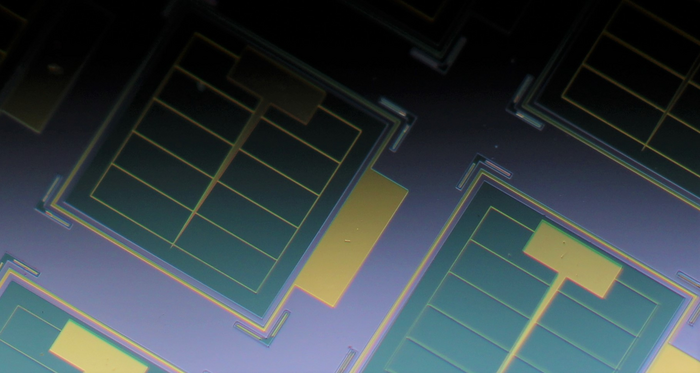Ultra-thin, radiation-resistant solar cells for new space applications
Source:pv-magazine
UK scientists have developed a solar cell based on a layer of gallium-arsenide just 80 nanometers thick, with similar performance to much thicker devices. It showed excellent resistance to damage from radiation exposure, making it ideal for high-radiation satellite/space applications.

Ultra-thin solar cells are inherently better at handling radiation.
Image: Armin Barthel
Powering satellites and other applications outside of Earth’s atmosphere has long been a small yet exciting niche for some of the highest-efficiency PV technologies ever produced. These are typically gallium-arsenide (GaAs) and other materials and technologies that are too expensive for regular solar energy applications, despite their impressive performance.
Making solar cells from these materials as thin as possible, to minimize consumption of expensive materials, has been investigated by some as a way to bring costs down to more acceptable levels. Such ultra-thin devices are also of interest to those developing PV for space applications, as they are both lighter and inherently more resistant to damage caused by various types of radiation often present in Earth’s orbit and beyond. But maintaining high performance at very low device thickness is also a challenge.
A group of scientists led by Cambridge University fabricated an active layer of GaAs just 80 nanometers thick and integrated this into a cell with a rear surface mirror to enhance light absorption. They then measured the performance of these cells before and after exposure to radiation.
They found that their design allowed for much thinner solar cells to maintain good performance levels, while offering improved resistance to radiation, thanks to thickness alone. Thinner solar cells are more resistant to radiation, because trapped light particles have less distance to travel, and radiation’s effect on particle diffusion length cannot affect the cell performance anywhere near as quickly.
“Our ultra-thin solar cell outperforms the previously studied, thicker devices for proton radiation above a certain threshold,” explained Cambridge University scientist Armin Barthel. “The ultra-thin geometries offer favorable performance by two orders of magnitude relative to previous observations.”
In terms of actual applications, the group notes that its new cell design could prove useful in satellites bound for higher regions of Earth’s orbit – which have higher radiation levels, and will increasingly need to be used as lower orbit segments become more cluttered. Powering exploration of more distant parts of the solar system could also require higher radiation tolerances than those available today, with the group noting Jupiter’s moon of Europa as one environment that it’s new device could open up to study.
The cost benefits are also clear. The group calculated that thanks to its improved radiation tolerance, its cells could deliver the same amount of power after 20 years with less than one-third the amount of protective glass that thicker cells require.
The results, along with deeper analysis of the effects of radiation on solar cell performance, can be found in “Radiation effects in ultra-thin GaAs solar cells,” which was recently published in the Journal of Applied Physics.
